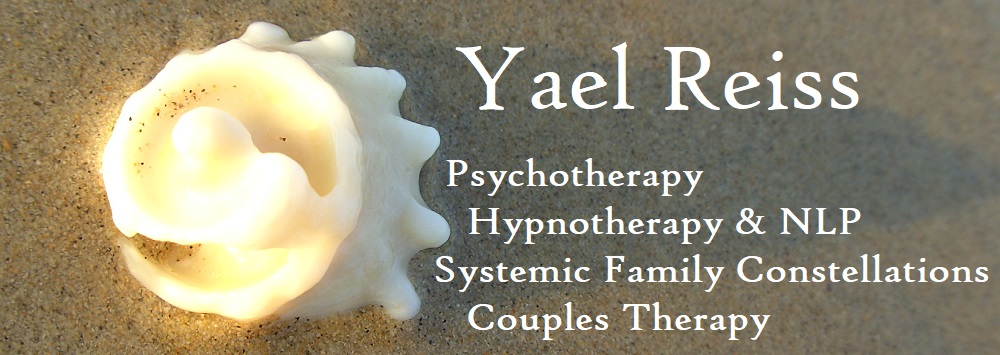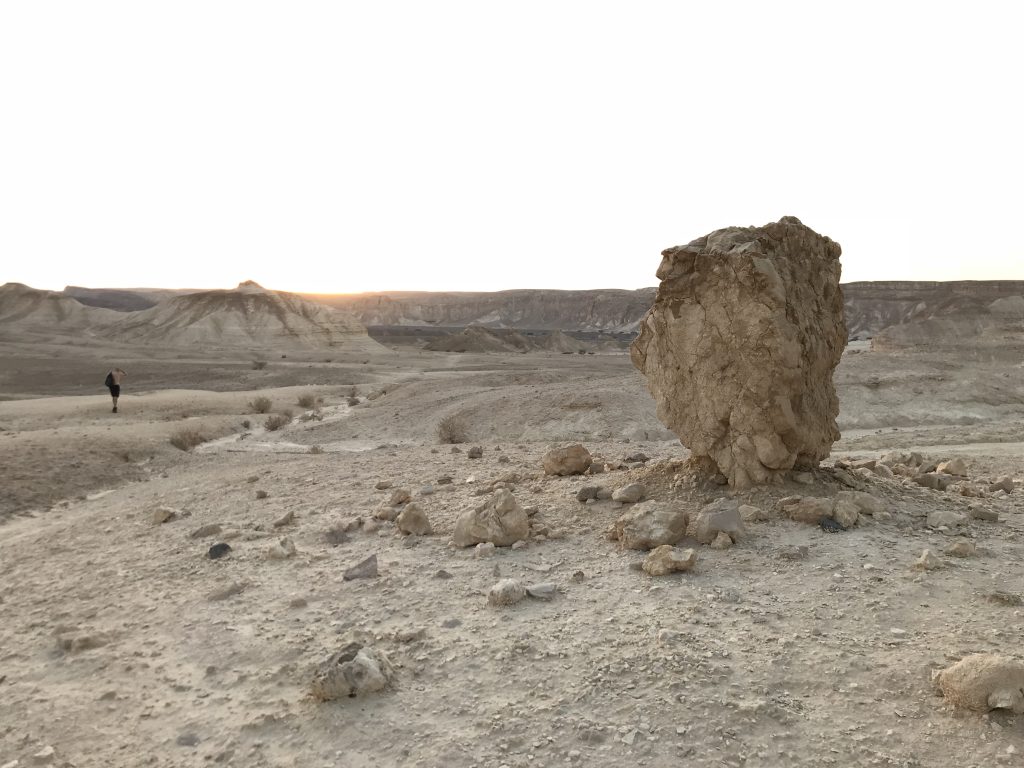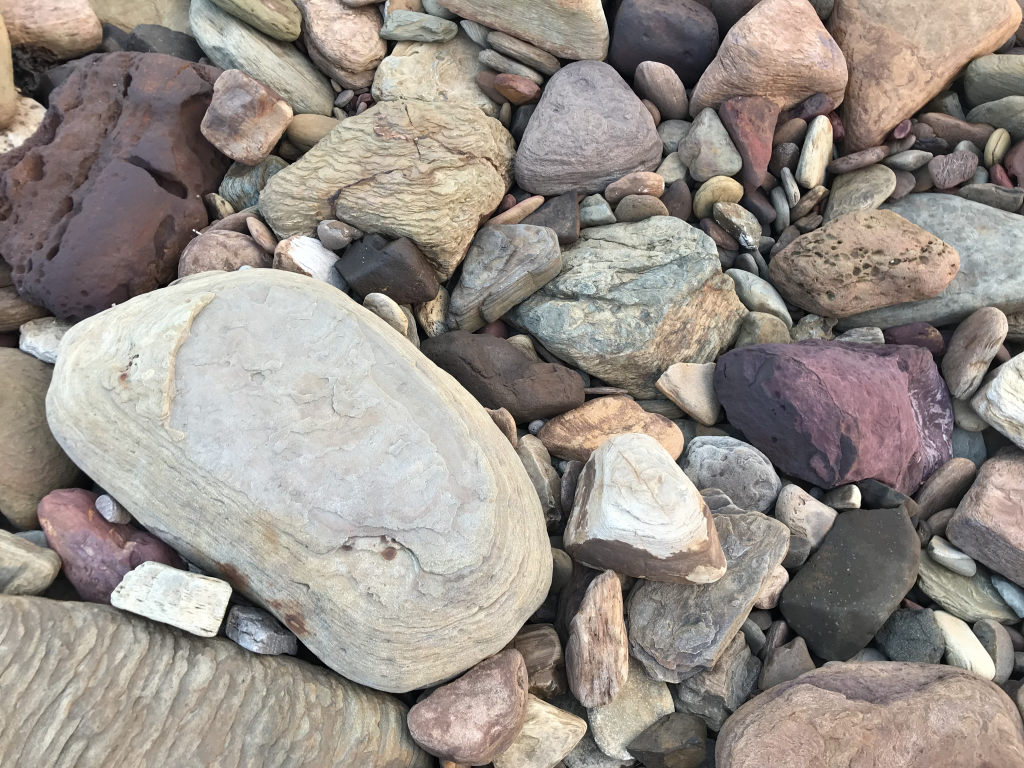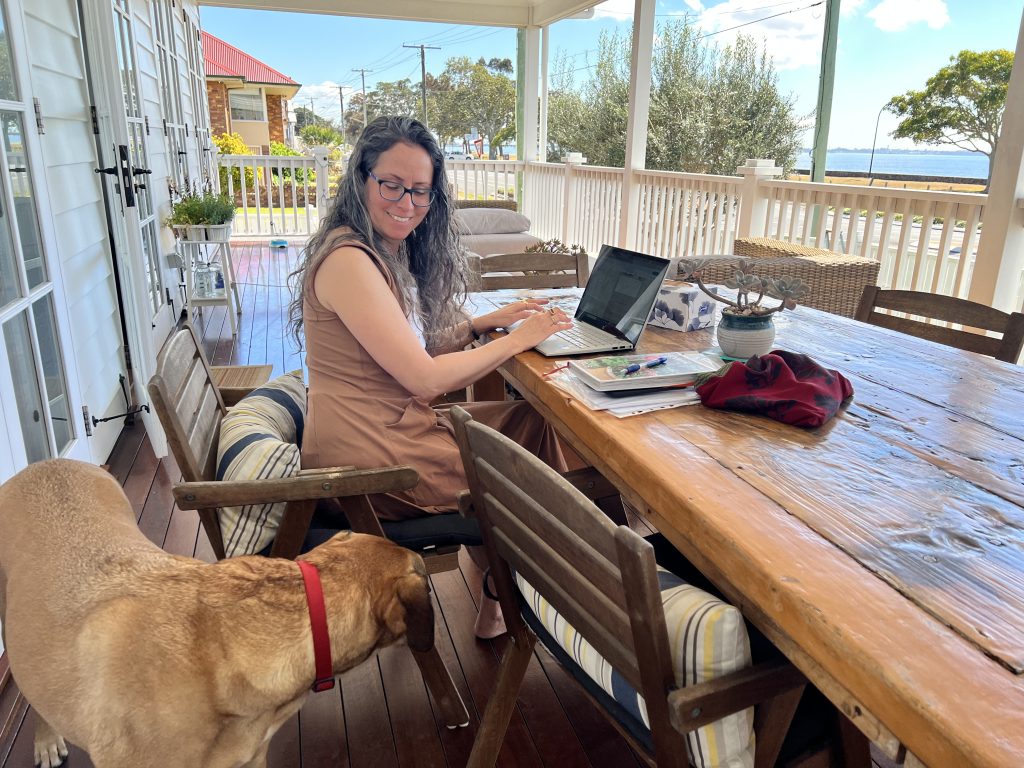When I see children, I usually ask the parent/s to participate in the session. I can’t help the child without seeing the parents. Most of the work is actually with the parents when I see a child. Or more accurately, a lot of the work is with the child that this parent once was him or herself.
When I see adults, I never really see just the adult. I always see the child that this adult once was.
I see this big man in front of me as the boy he was growing up.
I feel how it feels to be in the body and height and weight of that child, in the clothes that this little boy was wearing. I feel how it feels to look at the adults in this child’s life from this child’s height and eyes, and how it feels to hear them from his ears and child’s brain, and I imagine clearly from this child’s brain what thoughts and conclusions can be made when the important adults in your life are treating you one way or another. Or not treating you at all.
I feel how it feels to be respected as a child or to be spanked with a wooden spoon. Did you ever think of the fact that when an adult hits a child with a spoon, not only does it hurt more as it hits the child’s body. The adult doesn’t feel at all the pain that they inflict.
This is not at all limited to therapy.
If you’ll have a look, you can see the little kid in any person you’re interacting with. Even with children by the way, you can see the younger child they were. You can see the little child in the person you’re interviewing, in the prime minister, in the real estate agent, in your child’s teacher, in your friend, etc.
When I see my husband, even when I’m upset with him, I see the boy that he was. When I interview a builder, I see the boy that he was, and the man this boy had become, and I immediately know this specific person is going to build the best house for me.
Go to the little child you were, and look at them, and really see that little child. And tell that child that you once were: I see you. I see you feel _________. What will this child feel if you could accurately tell them that you feel that they feel?
Most people report that their young self is teary, relieved, comforted, and so on. Even, and especially, if it is a tough emotion that you see them feeling.
It brings peace into your nervous system and to your sense of self to just be seen. As simple as that. Before we go fixing anything, first we need to be seen.
Seeing the tree in a seed and the seed in the tree.
If you’re fascinated about seeing the people around you deeply and you’ve considered joining The Art of Seeing training – this is the time!
You are warmly welcomed into the group.
To Register please fill in the form: Registration form for Art Of Seeing 2 Day Workshop / Registration form for Art Of Seeing Full Training
Please feel comfortable to contact me with any questions.
Warmly,
Yael





